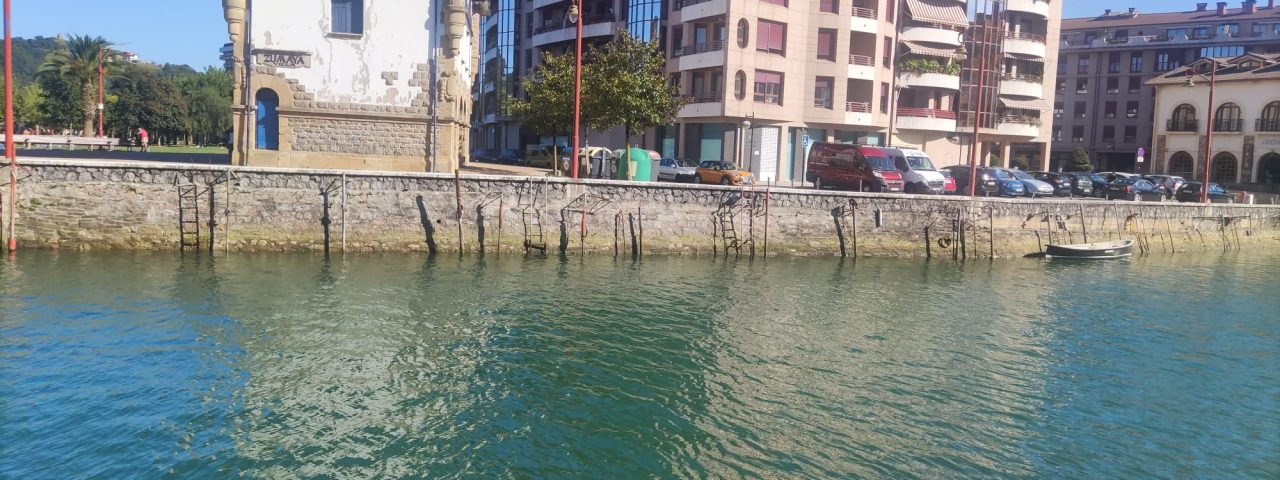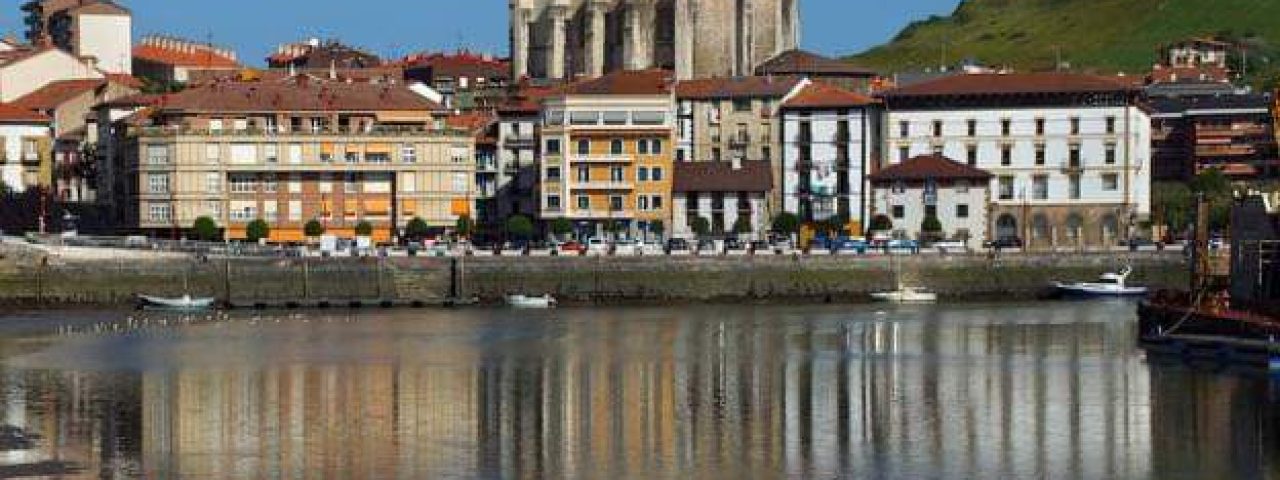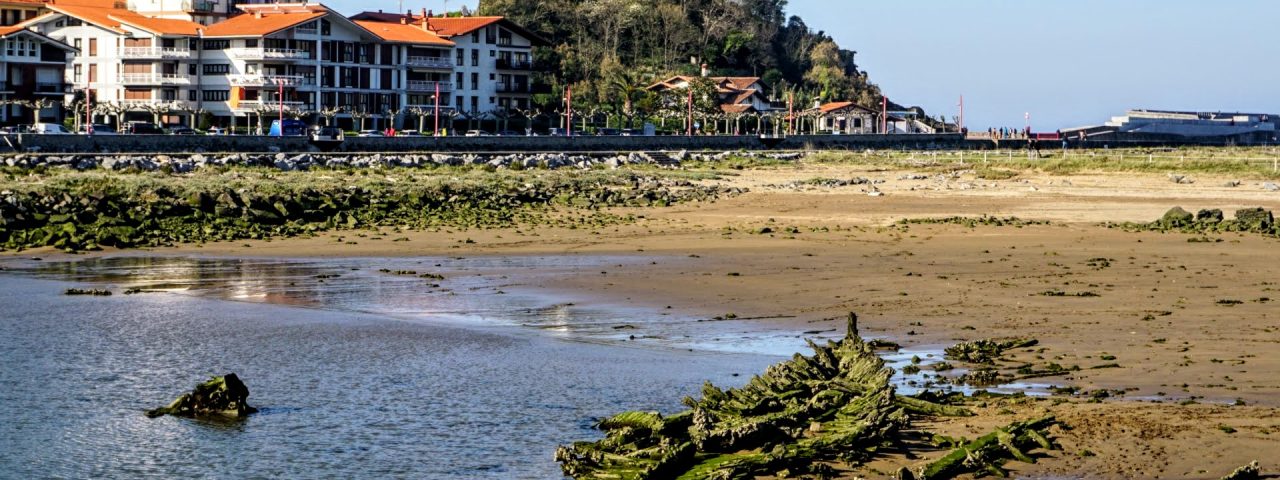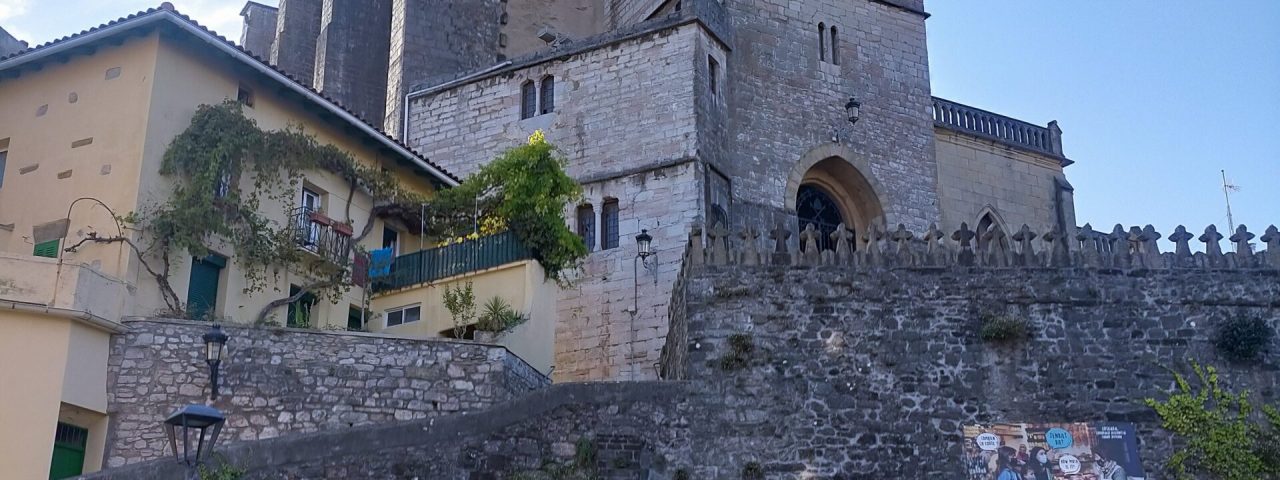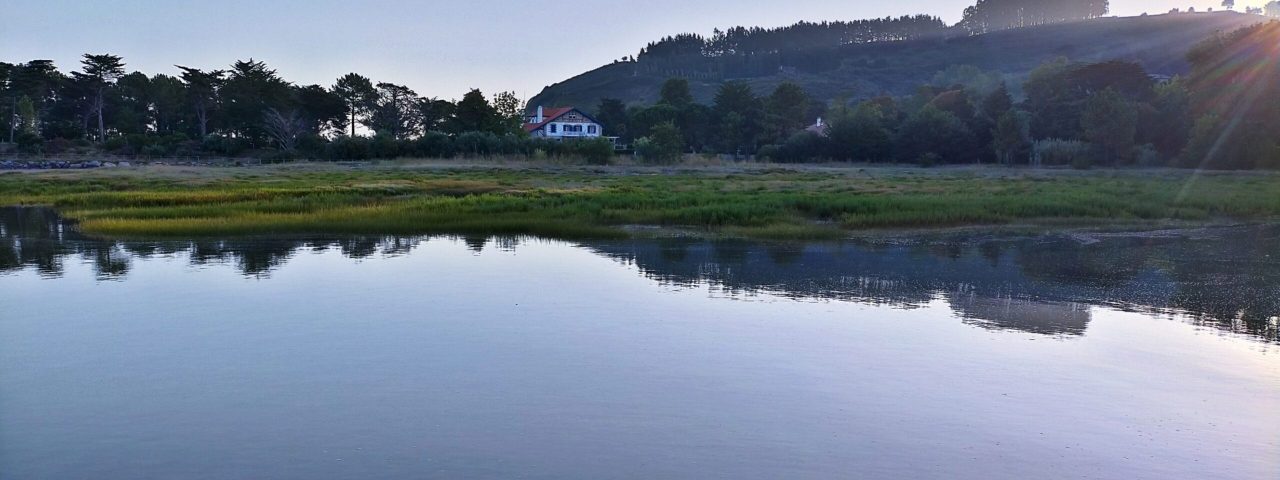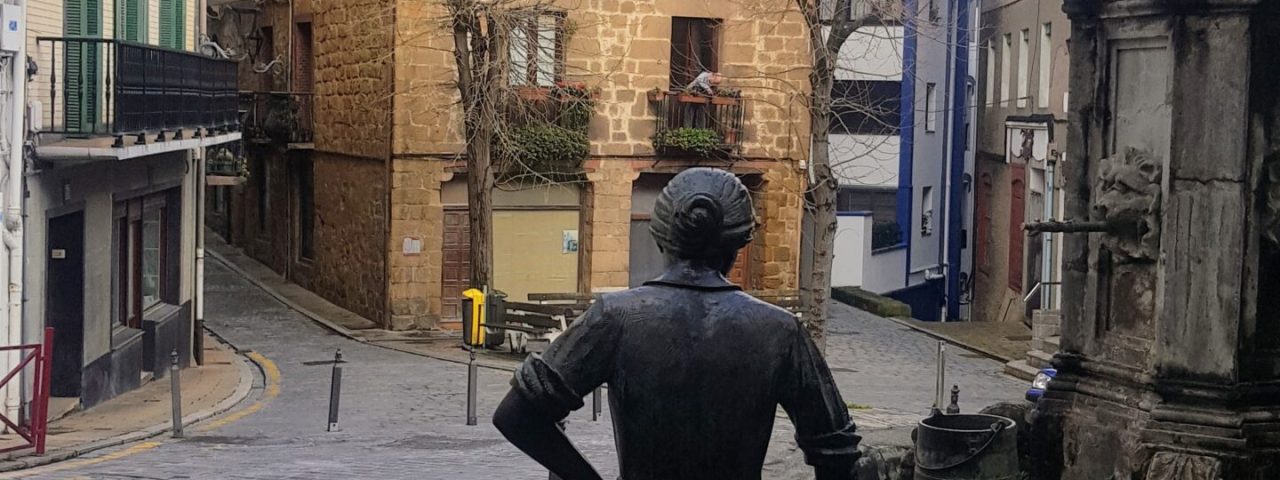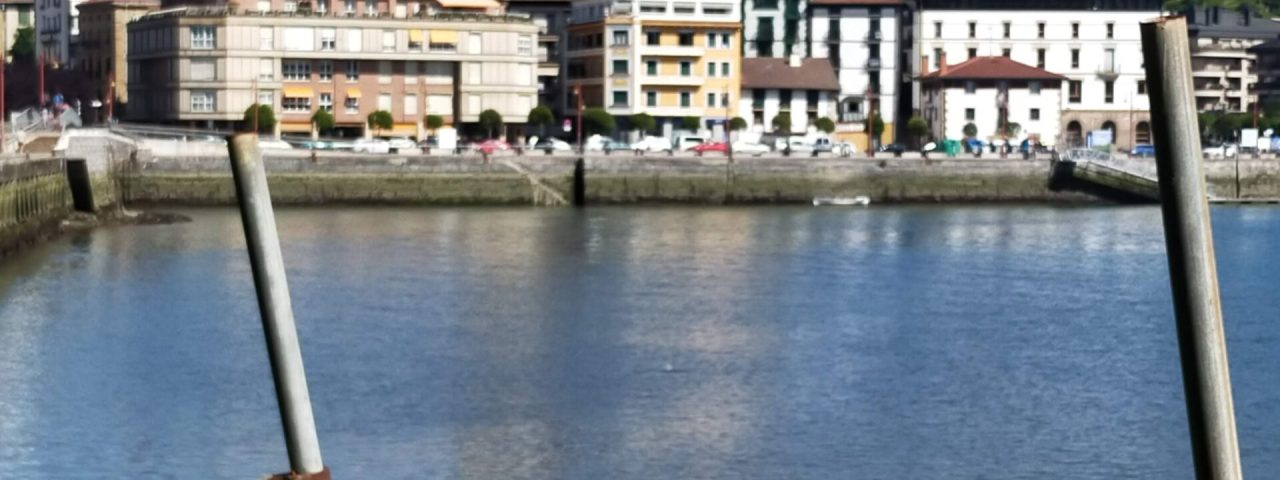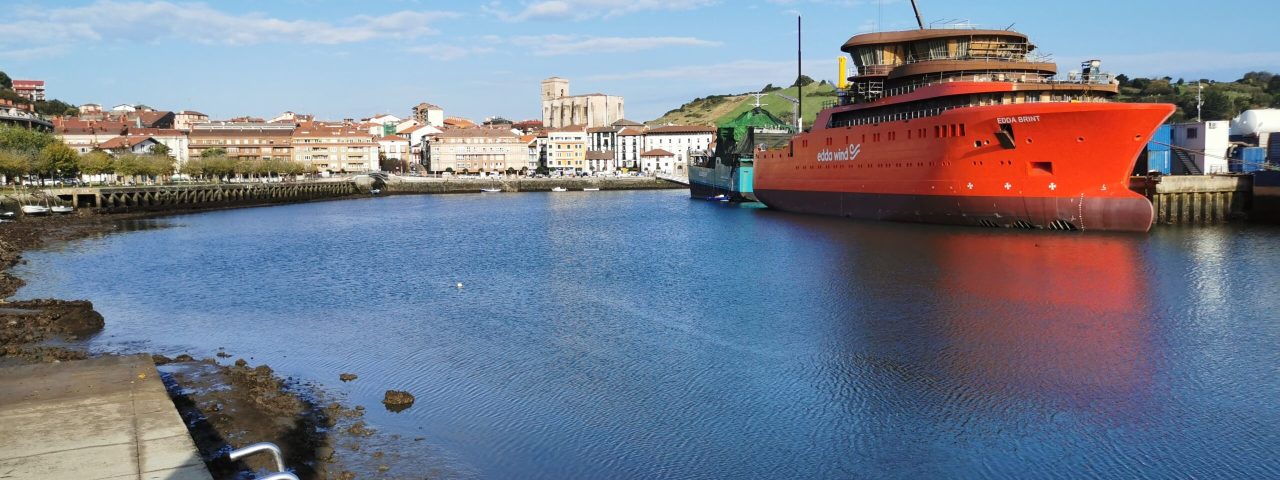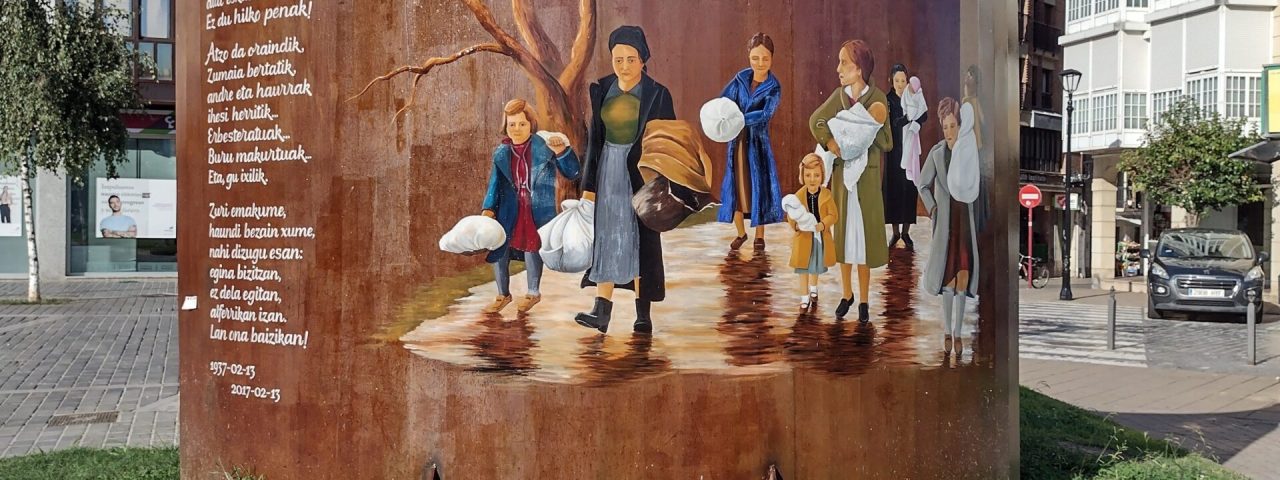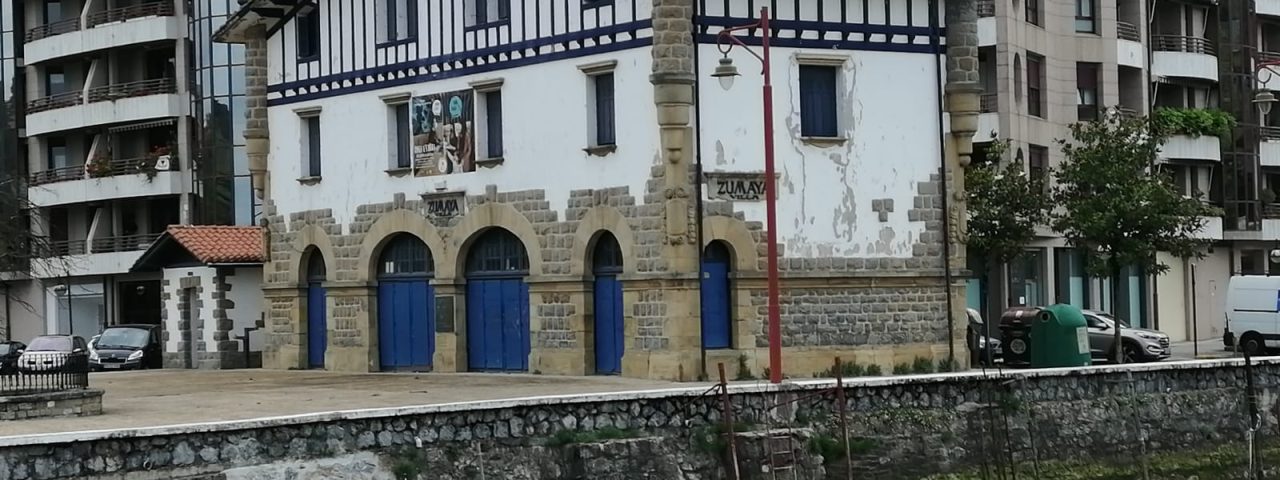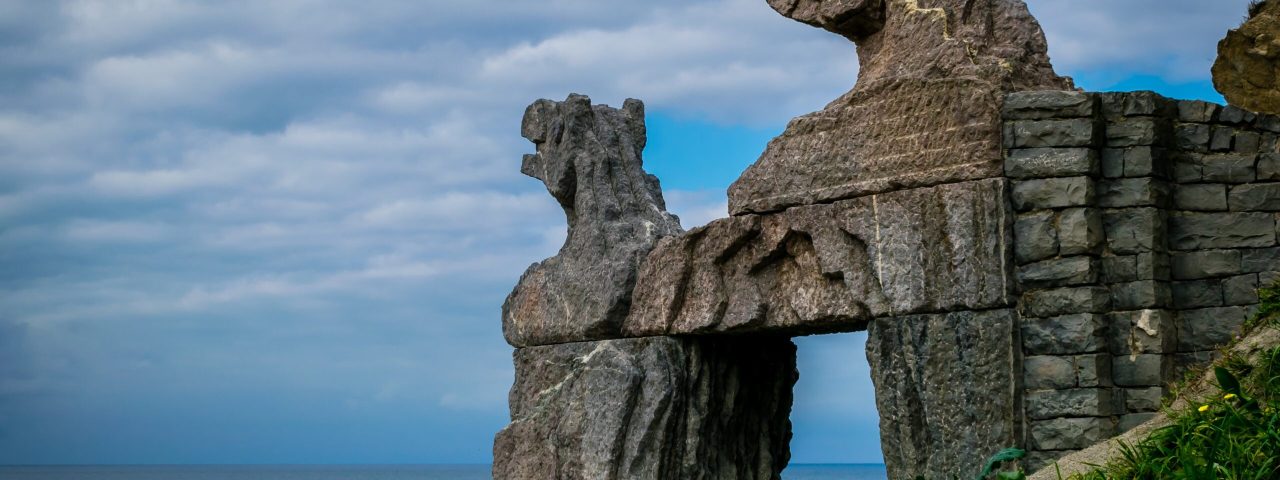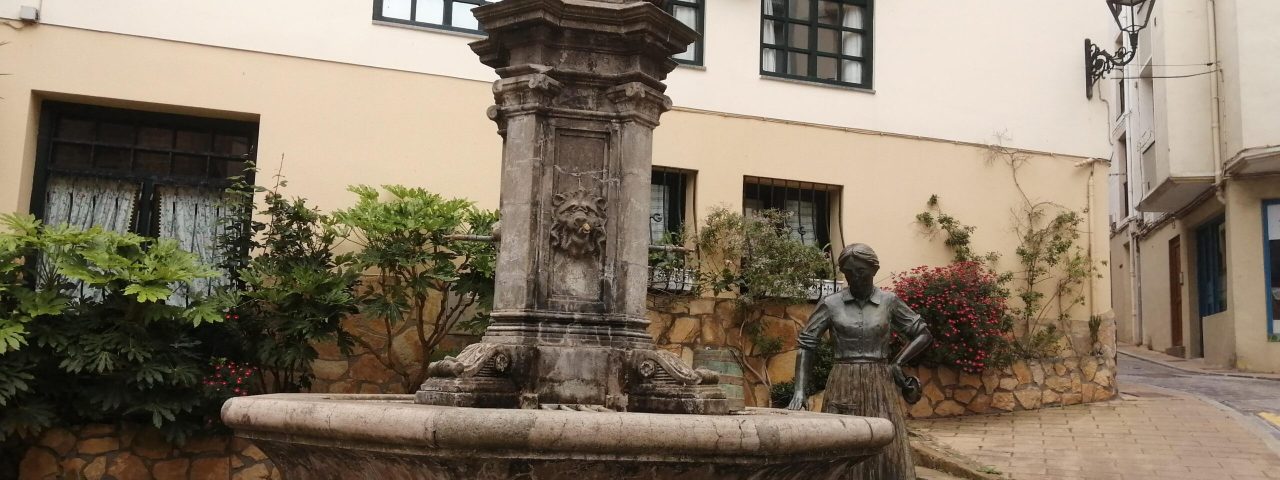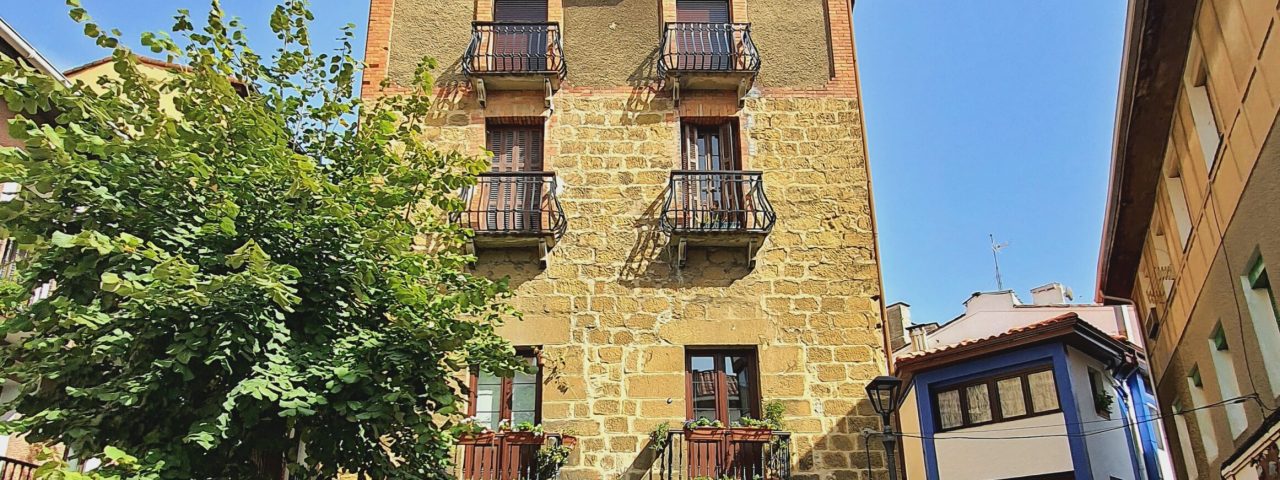Zumaia’s architecture is a beautiful blend of medieval, Gothic, and traditional Basque styles. One of the most notable architectural landmarks is the Church of San Pedro, a striking Gothic building dating back to the 13th century. Its robust, fortress-like structure is a testament to the town’s history of defense against maritime threats, and its interior features a stunning altarpiece crafted by the renowned sculptor Juan de Anchieta.
The San Telmo Hermitage, perched dramatically on the cliffs, is another must-see attraction. This simple white chapel offers breathtaking views of the Flysch cliffs and the open sea and is an excellent example of Zumaia’s integration of architecture with its natural surroundings. Another key attraction is the Flysch Route, a unique geological site where the rock formations tell the story of Earth’s evolution over 60 million years. This natural wonder is a UNESCO Global Geopark and attracts both tourists and scientists alike.
In addition to its architectural and natural landmarks, Zumaia offers several museums and cultural centers, including the Zuloaga Museum, which is dedicated to the renowned Basque painter Ignacio Zuloaga. The town’s picturesque harbor and charming streets also provide perfect spots for leisurely walks and exploration.
